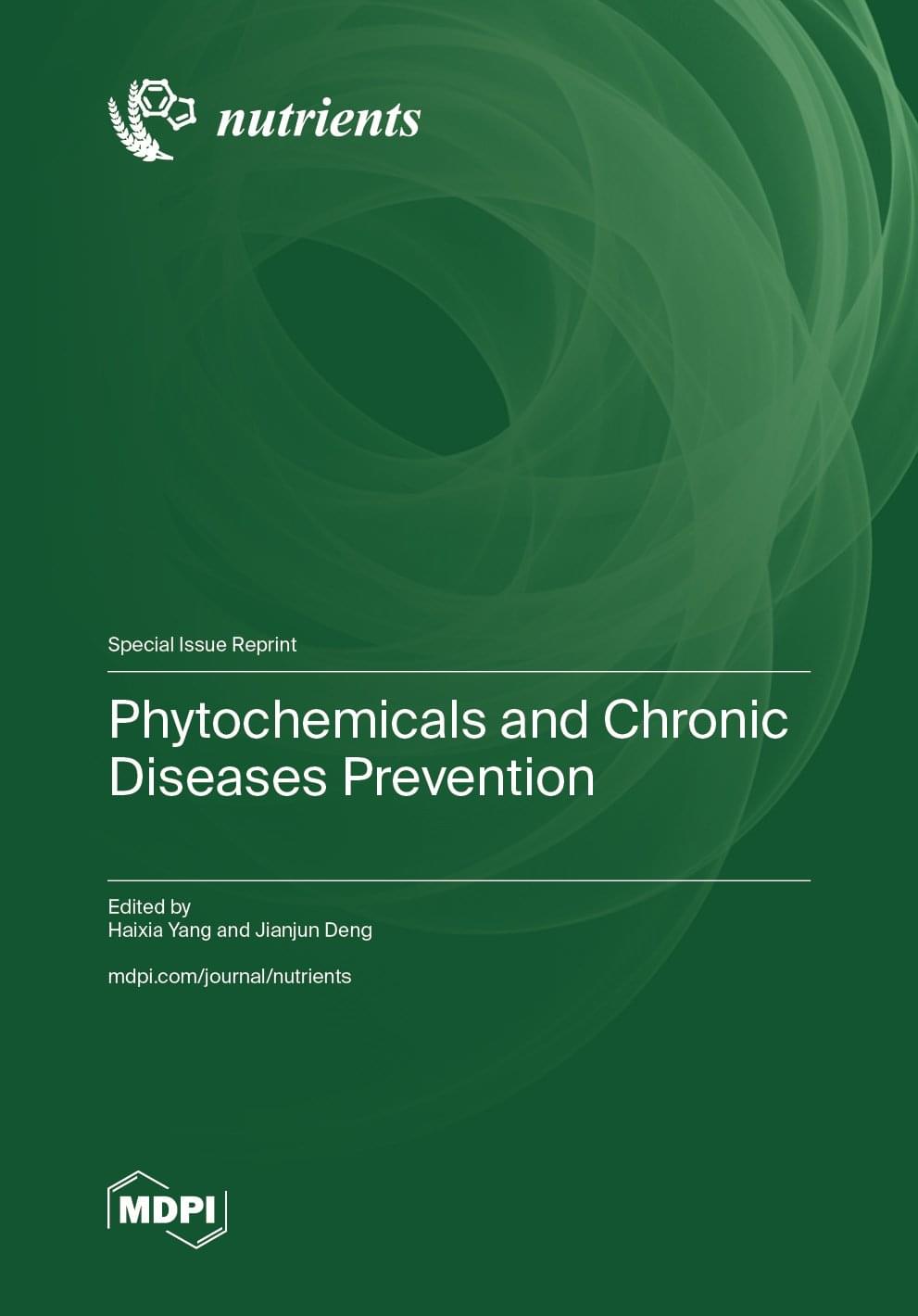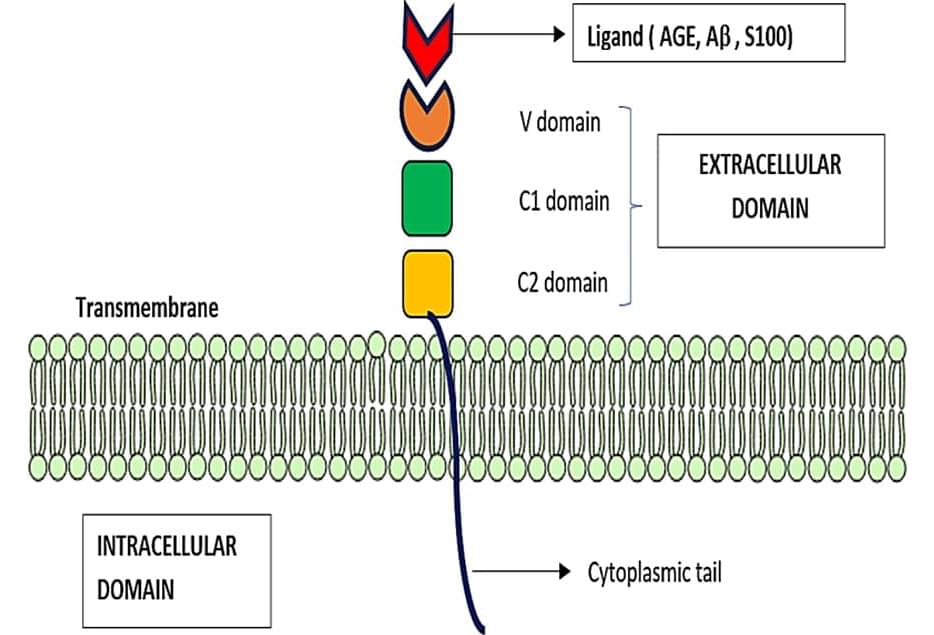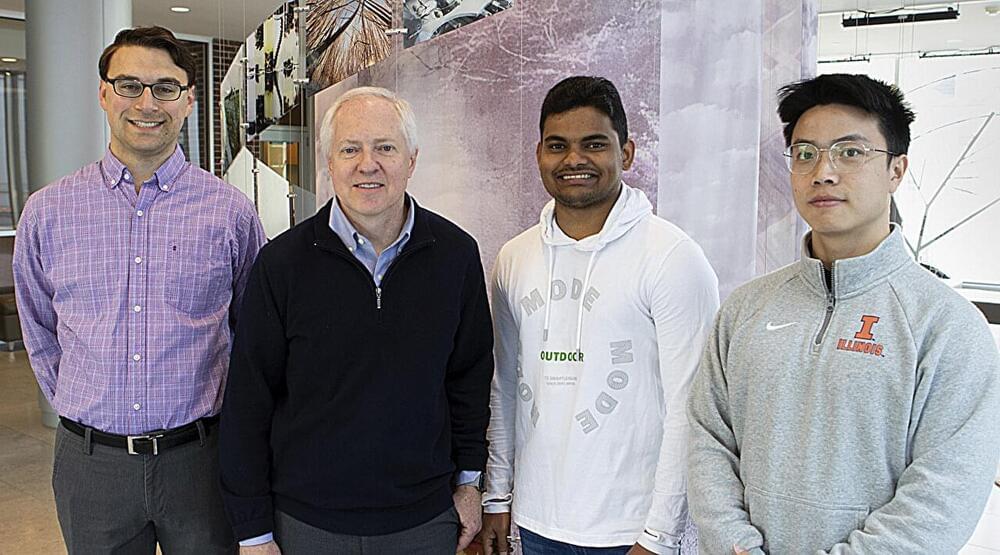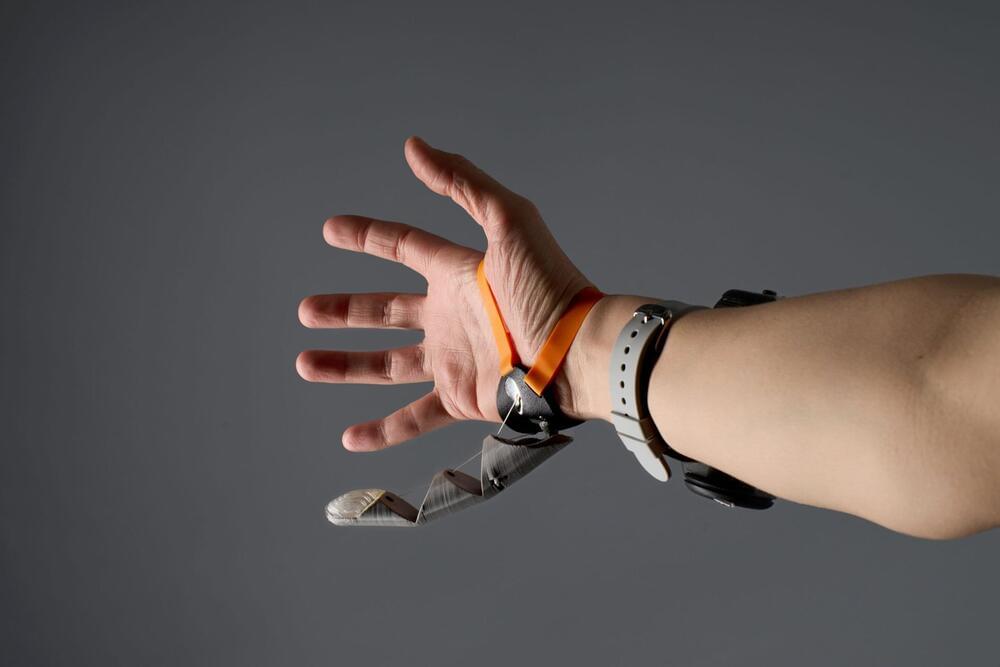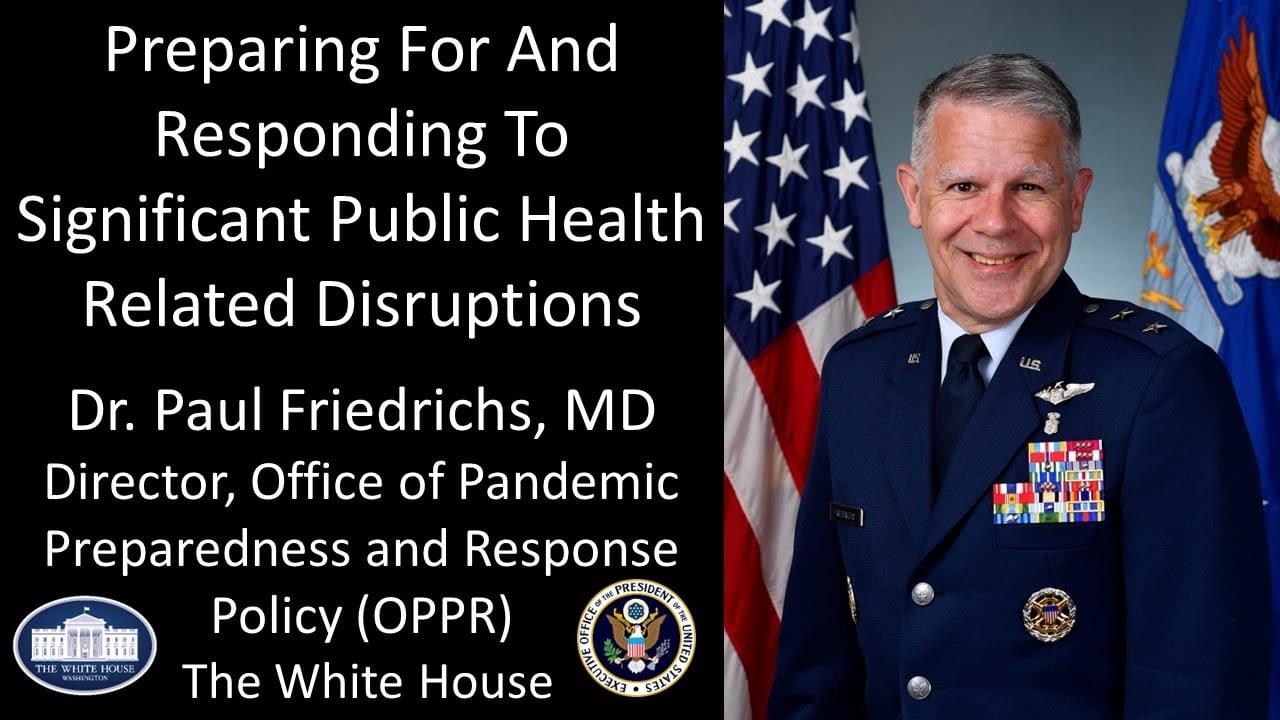Jun 2, 2024
Phytochemicals and Chronic Diseases Prevention
Posted by Dan Breeden in categories: biotech/medical, chemistry
With over 37,000 views, this special issue discusses the relationship between phytochemicals and chronic disease prevention, aiming to promote the development of this field.
The special issue focuses on phytochemicals’ isolation, identification, structure–activity relationships, bioactivities, and…
This Special Issue, entitled Phytochemicals and Prevention of Chronic Diseases, features a series of high-quality research articles that explore the isolation, identification, and bioactivities of phytochemicals, as well as the underlying molecular mechanisms implicated in chronic diseases via antioxidation, neuroprotection, and the modulation of the gut microbiota.
